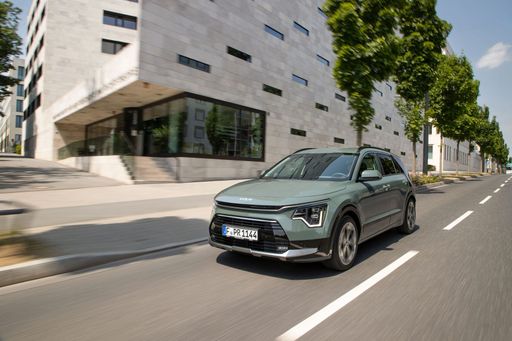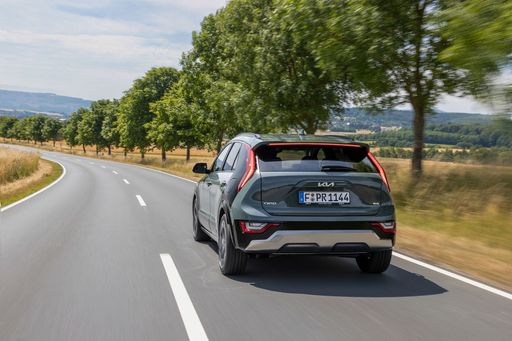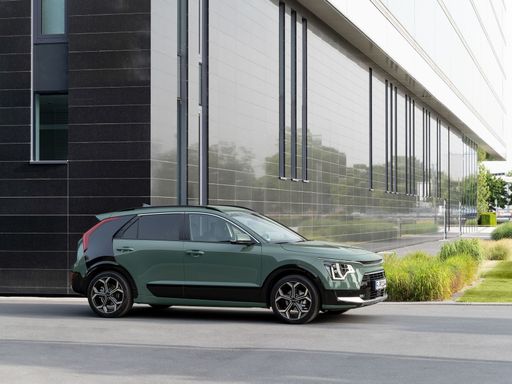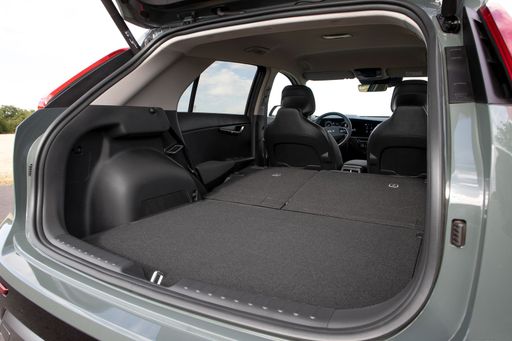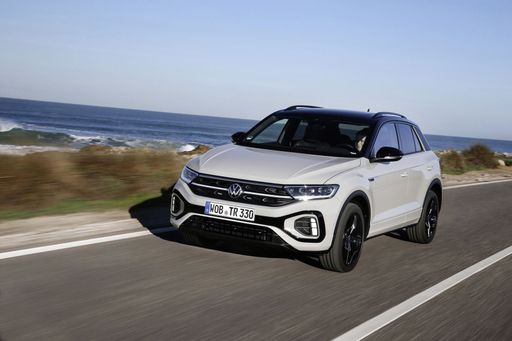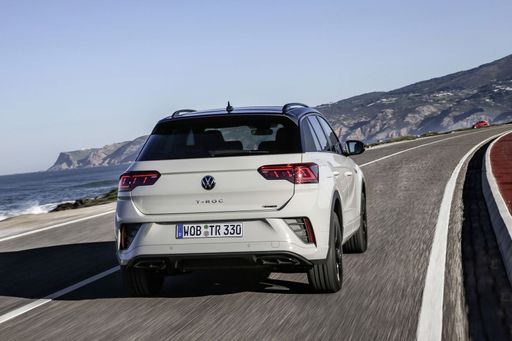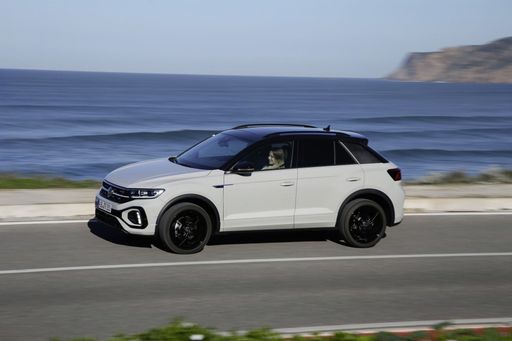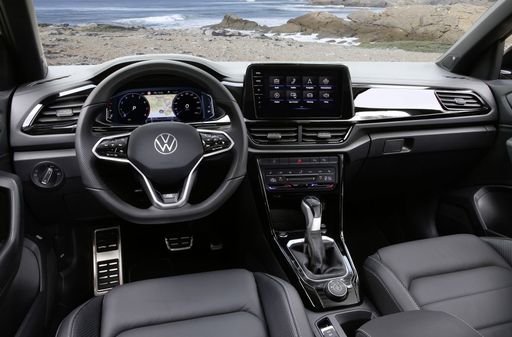City Zen vs. Street Swagger
Step into traffic and the contrast is obvious: the Kia Niro wants to soothe the commute with a calm, unflustered demeanour, soft suspension and a focus on quiet progress, while the VW T‑Roc leans into a sharper, more alert personality that makes urban corners feel alive. The Niro’s approach is deliberately relaxed, geared toward low-stress runs and long stretches behind the wheel, whereas the T‑Roc gives you a little wink and invites a more spirited line through roundabouts. Both are comfortable companions in town, it just depends whether you prefer placid efficiency or a bit more theatre in your daily drive.

